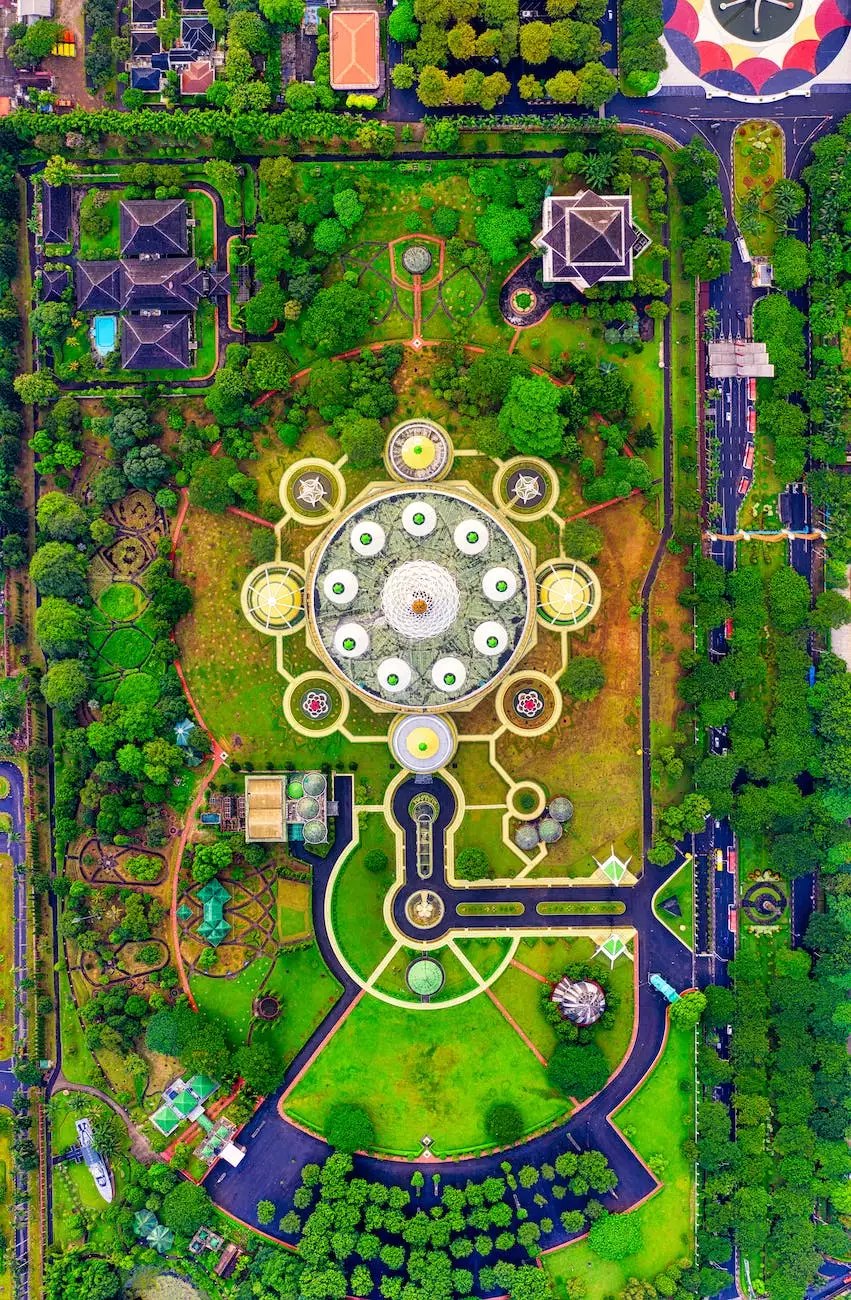What is LCP and How to Fix it
Blog
Welcome to CI Advertising, your trusted source for top-notch marketing and advertising services in the business and consumer services industry. In this article, we will dive deep into one critical aspect of website performance - the Largest Contentful Paint (LCP).
Understanding LCP
In today's digital age, website performance plays a significant role in user experience and overall search engine rankings. LCP, or Largest Contentful Paint, refers to the time it takes for the largest content element on a webpage to become fully visible to the user.
LCP is a key metric used by search engines to assess a page's loading speed. It measures the time between a user initiating the page request and the moment the main visual content is rendered and ready for interaction. A fast LCP score indicates a smooth and engaging user experience, while a slower score may lead to frustration and potential bounce rates.
The Importance of LCP
Having a good LCP score is essential for several reasons. Firstly, it directly impacts user satisfaction. Visitors tend to abandon slow-loading websites and turn to competitors instead. Therefore, providing a fast and seamless browsing experience is crucial for retaining and attracting users.
Secondly, LCP is a significant ranking factor in search engine algorithms. Websites with faster loading times often receive higher visibility and better organic search rankings. By optimizing your LCP, you improve your chances of outranking your competitors and attracting more organic traffic.
How to Optimize LCP
Now that you understand why LCP is important, let's explore some effective strategies to optimize your website's Largest Contentful Paint:
1. Optimize Images
Images are often the largest content elements on a webpage. To improve LCP, it's crucial to optimize your images by reducing their file sizes without compromising quality. Consider using modern image formats like WebP and lazy loading techniques to ensure faster rendering.
2. Minify CSS and JavaScript
Reducing the file size of your CSS and JavaScript resources helps in speeding up the rendering process. Minification involves removing unnecessary characters, whitespace, and comments from your code, without affecting its functionality. It is recommended to minify and combine your CSS and JavaScript files to enhance LCP.
3. Prioritize Critical Resources
Identify the critical resources required for rendering above-the-fold content and load them first. This ensures that users can see and interact with the main content quickly, even if other non-essential resources take longer to load. Properly utilizing techniques like preloading and asynchronous loading can significantly improve LCP.
4. Use a Content Delivery Network (CDN)
Implementing a CDN allows you to distribute your website's content across multiple servers globally. By serving content from the server closest to the user, you can reduce latency and improve LCP. A CDN helps deliver faster load times, regardless of the user's geographical location.
5. Optimize Server Response Time
A slow server response time can negatively impact LCP. Optimize your server's performance by reducing database queries, leveraging caching techniques, and utilizing server resources effectively. A faster server response time ensures quicker content delivery and improved LCP.
Conclusion
Now that you have a deeper understanding of LCP and its significance for website performance and SEO, it's time to take action. By implementing the strategies mentioned above and continuously monitoring your website's LCP, you can enhance user experience, boost search engine rankings, and stay ahead of the competition.
At CI Advertising, we specialize in providing comprehensive marketing and advertising services to businesses in the business and consumer services industry. Contact us today for expert guidance on optimizing your website's LCP and improving your overall online presence!




